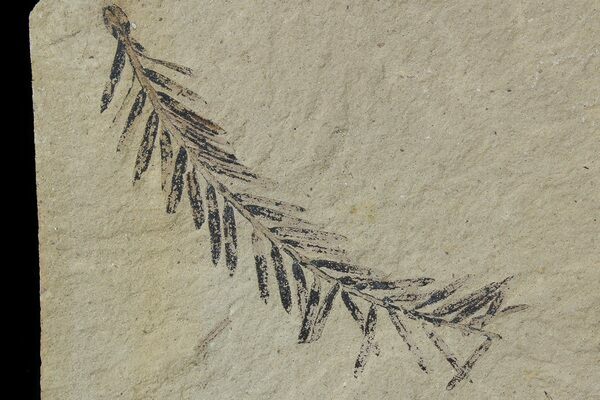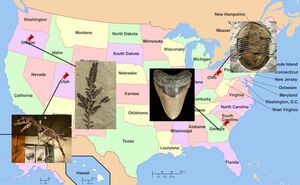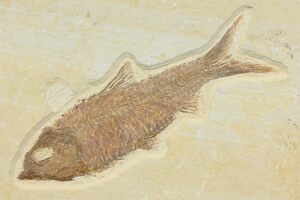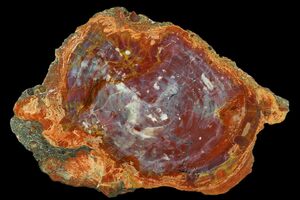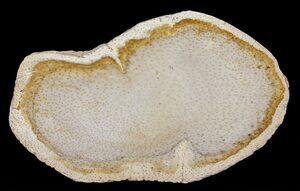Oregon State Fossil - Dawn Redwood (Metasequoia)
In 2005 the Oregon state legislature adopted the fossils of the dawn redwood or Metasequoia as the Oregon state fossil.
Fossils of the metasequoia were first described in 1941. It was thought to be extinct until a grove of living trees were discovered in a remote area of China. This leads to it sometimes being referred to as a “living fossil”.
The dawn redwood a fast-growing conifer tree, but until other redwoods like the sequoia it is deciduous and will shed its leaves in autumn. It could grow up to 200 feet tall, having a trunk 6 feet wide. The dawn redwood has bark and foliage that resemble that of the California redwood but unlike the redwood it will thrive in standing water, and the lower trunks of older trees form wide buttresses similar to the bald cypress.
Fossilized leaves of the dawn redwood can be found in Eocene and Miocene aged rocks throughout Oregon as well as neighboring states such as Washington, Idaho and Montana. Its fossils are particularly abundant in Oregon near the Painted Hills and the towns of Mitchell and Fossil.
During the Paleocene and Eocene vast forests of Metasequoia extended quite far north, equivalent to where Northern Canada lies today. At the time temperatures on Earth were significantly warmer, meaning despite the far northern location, the dawn redwood forests would have been growing in a warm, “tropical” environment. It is likely their deciduous habit evolved to take advantage of the combination of these extreme light patterns of near twenty four hour light during the summer and complete darkness during the winter.
While long extinct in Oregon, paleontologists discovered living 100-foot Metasequoia trees in China in the 1940’s. They brought seeds back to the United States for propagation. The resulting seedlings were distributed to various universities and arboretums worldwide. While critically endangered, descendants of these dawn redwoods can still be found throughout the world today.
Fossils of the metasequoia were first described in 1941. It was thought to be extinct until a grove of living trees were discovered in a remote area of China. This leads to it sometimes being referred to as a “living fossil”.
The dawn redwood a fast-growing conifer tree, but until other redwoods like the sequoia it is deciduous and will shed its leaves in autumn. It could grow up to 200 feet tall, having a trunk 6 feet wide. The dawn redwood has bark and foliage that resemble that of the California redwood but unlike the redwood it will thrive in standing water, and the lower trunks of older trees form wide buttresses similar to the bald cypress.
Fossilized leaves of the dawn redwood can be found in Eocene and Miocene aged rocks throughout Oregon as well as neighboring states such as Washington, Idaho and Montana. Its fossils are particularly abundant in Oregon near the Painted Hills and the towns of Mitchell and Fossil.
During the Paleocene and Eocene vast forests of Metasequoia extended quite far north, equivalent to where Northern Canada lies today. At the time temperatures on Earth were significantly warmer, meaning despite the far northern location, the dawn redwood forests would have been growing in a warm, “tropical” environment. It is likely their deciduous habit evolved to take advantage of the combination of these extreme light patterns of near twenty four hour light during the summer and complete darkness during the winter.
While long extinct in Oregon, paleontologists discovered living 100-foot Metasequoia trees in China in the 1940’s. They brought seeds back to the United States for propagation. The resulting seedlings were distributed to various universities and arboretums worldwide. While critically endangered, descendants of these dawn redwoods can still be found throughout the world today.
 Reviews
Reviews
